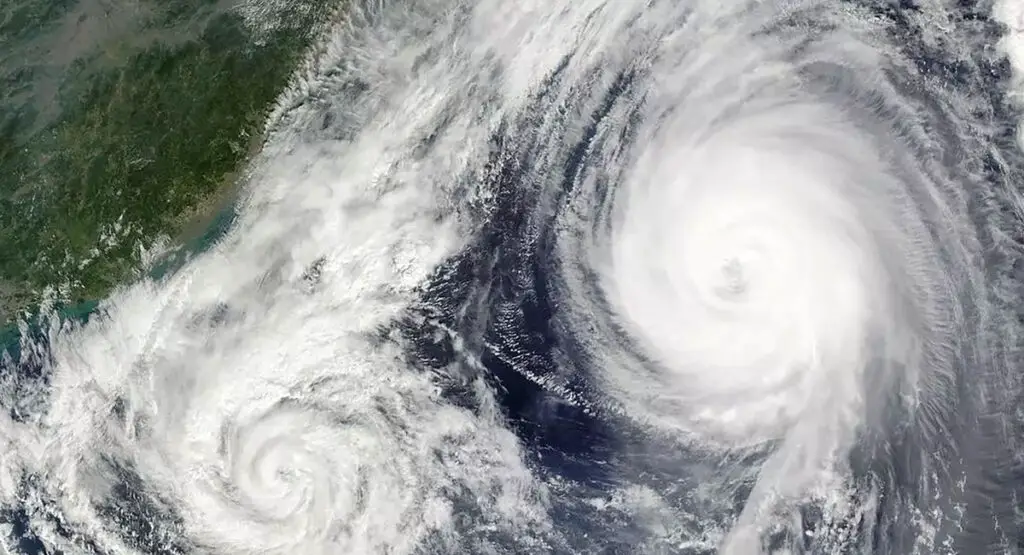La Niña Impact on Spain: What to Expect for the Upcoming Seasons
La Niña impact on Spain – The latest updates on La Niña impact on Spain’s weather, potential extremes, and how it affects the climate.

Climate experts are warning about the significant La Niña impact on Spain this autumn and winter. With predictions suggesting its presence until March, understanding its effects is essential for effective planning and response.
Understanding La Niña and Its Global Effects
La Niña is a climate phenomenon characterised by cooler-than-average sea surface temperatures in the central and eastern Pacific Ocean. This cooling influences global weather patterns, often leading to extreme conditions across different regions. According to the National Oceanic and Atmospheric Administration (NOAA), La Niña can result in varied impacts, from increased rainfall in some areas to droughts in others.
La Niña vs El Niño: Key Differences
Both La Niña and El Niño are phases of the El Niño-Southern Oscillation (ENSO) cycle. While La Niña typically brings cooler temperatures and increased rainfall to certain regions, El Niño usually results in warmer conditions and can disrupt normal weather patterns. Understanding these differences helps in predicting and preparing for their respective impacts.
La Niña Impact on Spain
The La Niña impact on Spain is expected to manifest through colder temperatures, especially during the autumn and winter months. This could lead to a general decrease in temperatures compared to historical averages. Additionally, La Niña often causes irregular precipitation patterns, meaning Spain might experience periods of heavy rainfall or, conversely, extended dry spells.
++ The Best Hotels In San Antonio
++ Top Hotels in Santa Eulalia Ibiza: From Budget to Luxury Accommodation
Potential for Extreme Weather Events
This winter could be one of the harshest in recent decades due to La Niña. There is a heightened risk of Siberian cold waves reaching Europe, including Spain, driven by an unstable Polar Vortex. Such conditions can lead to severe frost and prolonged cold periods, challenging infrastructure and daily life. For more detailed forecasts, the Centre for the Study of Weather and Climate provides up-to-date information.
Preparing for La Niña’s Effects
Given the anticipated La Niña impact on Spain, it is crucial for individuals and authorities to prepare for potential weather extremes. This includes reinforcing infrastructure to withstand heavy rains and cold spells, ensuring adequate water reserves during dry periods, and raising public awareness about safety measures during extreme weather events.
For continuous updates and expert advice, refer to the Spanish Meteorological Agency (AEMET).
The upcoming La Niña phase presents both challenges and opportunities for Spain’s climate management. By staying informed and proactive, Spain can mitigate the adverse effects and better navigate the complexities introduced by this powerful weather phenomenon.




Leave a Reply